“Everyone is like a butterfly, they start out ugly and awkward and then morph into beautiful graceful butterflies that everyone loves.”
Drew Barrymore

“To be, or not to be” is the famous opening phrase of a soliloquy in William Shakespeare‘s play Hamlet. Debate surrounds its meaning, and that of the speech, but most agree that it asks the fundamental question “why live?” and gives the desolate answer that death might be worse.
Hamlet speaks this on his entry to Act 3 scene 1 (known as the ‘nunnery scene’ because of the Hamlet/Ophelia dialogue after the speech) which is when Polonius and Claudius put into effect their plan, hatched in Act 2 scene 2, to watch Hamlet with Ophelia to determine whether, as Polonius thinks, his ‘madness’ springs from “neglected love”. They have planted her where it is his habit to walk and think and concealed themselves to observe the encounter. Until he notices Ophelia at the end of the speech Hamlet thinks he is alone.
 Sarah Bernhardt as Hamlet, with Yorick’s skull. Photographer: James Lafayette, c. 1885–1900)
Sarah Bernhardt as Hamlet, with Yorick’s skull. Photographer: James Lafayette, c. 1885–1900)
 John Barrymore in the greatest success of his theatrical career with Hamlet in 1922, which he played on for 101 performances as the Melancholy Dane, breaking Booth’s record. In February, 1925 he successfully presented his production in London despite the so-called apathy extended toward American Shakespearean actors in Britain.
John Barrymore in the greatest success of his theatrical career with Hamlet in 1922, which he played on for 101 performances as the Melancholy Dane, breaking Booth’s record. In February, 1925 he successfully presented his production in London despite the so-called apathy extended toward American Shakespearean actors in Britain.
 Laurence Olivier’s 1948 moody black-and-white Hamlet won best picture and best actor Oscars, and is still, as of 2013, the only Shakespeare film to have done so. His interpretation stressed the Oedipal overtones of the play, and cast 28-year-old Eileen Herlie as Hamlet’s mother, opposite himself, at 41, as Hamlet.
Laurence Olivier’s 1948 moody black-and-white Hamlet won best picture and best actor Oscars, and is still, as of 2013, the only Shakespeare film to have done so. His interpretation stressed the Oedipal overtones of the play, and cast 28-year-old Eileen Herlie as Hamlet’s mother, opposite himself, at 41, as Hamlet.
 The great Shakespearean actor Sir John Gielgud (who played Hamlet over 500 times in six productions), his protégé Kenneth Branagh and Sir Derek Jacobi in a BBC radio production of Hamlet .
The great Shakespearean actor Sir John Gielgud (who played Hamlet over 500 times in six productions), his protégé Kenneth Branagh and Sir Derek Jacobi in a BBC radio production of Hamlet .
 Natalie Wood, 1964
Natalie Wood, 1964
Ali MacGraw (for a Vogue cover photo shoot wearing a bright printed silk dress with gold paillete trim by Oscar de La Renta), 1970
“Human beings are not born once and for all on the day their mothers give birth to them, but … life obliges them over and over again to give birth to themselves.”
Gabriel García Márquez
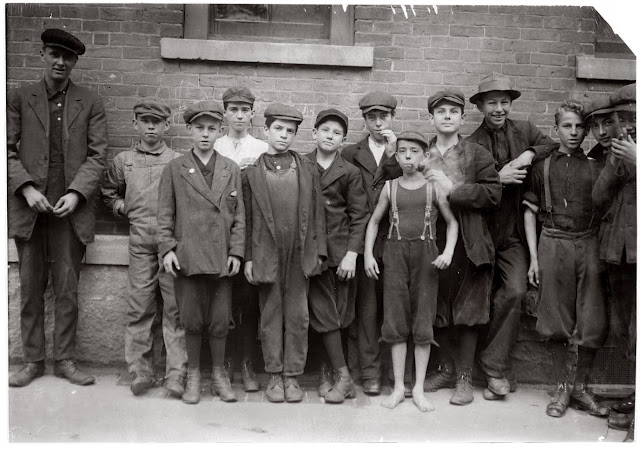 Popeye and Friends (1911), Photograph by Lewis Wickes Hine
Popeye and Friends (1911), Photograph by Lewis Wickes Hine

 Kate Moss with children. Photos by Bruce Weber
Kate Moss with children. Photos by Bruce Weber
 Drew Barrymore as scout by Mark Seliger
Drew Barrymore as scout by Mark Seliger
 French kids imitate Dizzy Gillespie’s cheeks in Nice (France) by Milt Hinton, 1981
French kids imitate Dizzy Gillespie’s cheeks in Nice (France) by Milt Hinton, 1981

 Bob Dylan and kids, Liverpool, England, 1966. Barry Feinstein
Bob Dylan and kids, Liverpool, England, 1966. Barry Feinstein
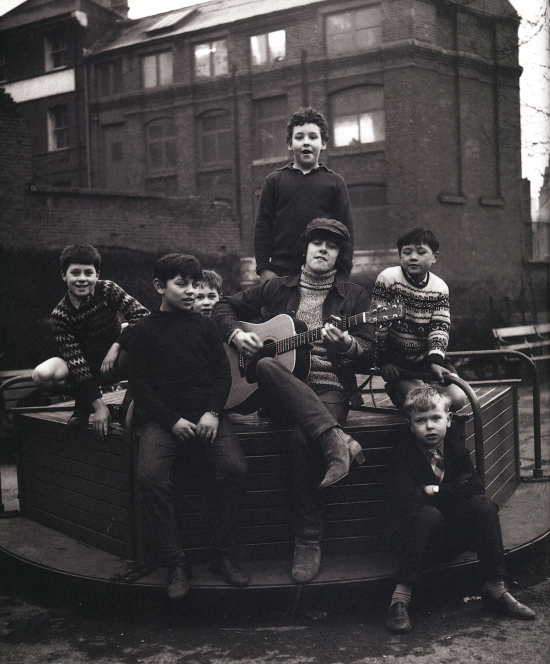 Donovan. Photo credit: Chris Walter, circa 1965
Donovan. Photo credit: Chris Walter, circa 1965
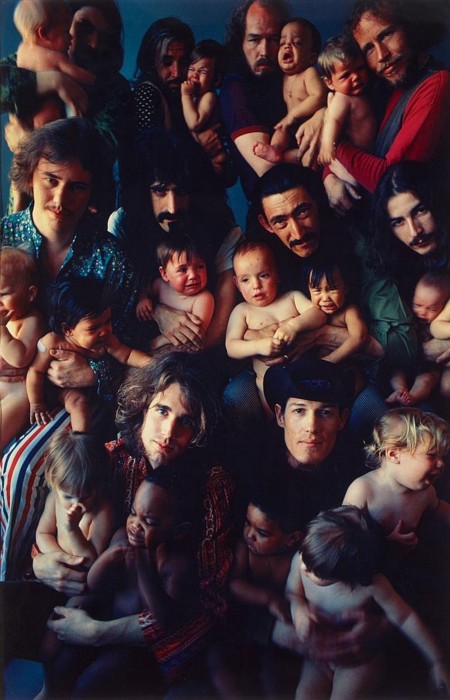
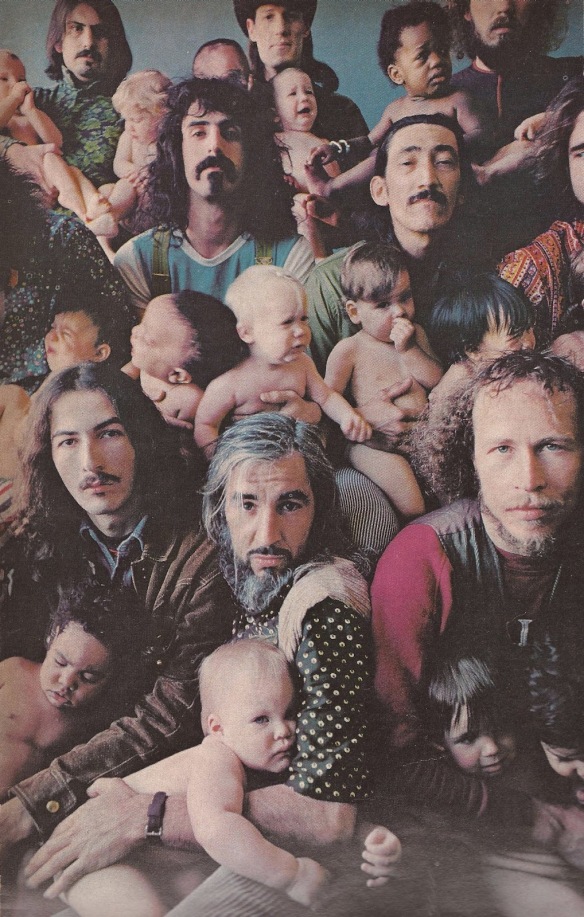 Frank Zappa and Mothers of Invention. Art Kane, circa 1968
Frank Zappa and Mothers of Invention. Art Kane, circa 1968
For this Life magazine session, Art Kane wanted to portray the musical group as a family and took the idea of mothers — and their babies — as a theme. He gathered some of the musicians’ infants, then booked about thirty more from a modeling agency. As soon as they began to shoot, one of the babies urinated, which inspired the others to do so as well, creating in Kane’s words, “the fountains of Rome.”
 Vincent Van Gogh, Field with Two Rabbits
Vincent Van Gogh, Field with Two Rabbits
 Drawing from original manuscript of Alice in Wonderland illustrated by Lewis Carroll
Drawing from original manuscript of Alice in Wonderland illustrated by Lewis Carroll
 Illustration by Arthur Rackham
Illustration by Arthur Rackham
 Salvador Dalí, Down the Rabbit Hole
Salvador Dalí, Down the Rabbit Hole
 According to Arthur Paul, the designer of the playboy logo, he chose the rabbit because of its “humorous sexual connotation” and also because the representation was “frisky and playful”. The playboy logo is undoubtedly mischievous in its nature.
According to Arthur Paul, the designer of the playboy logo, he chose the rabbit because of its “humorous sexual connotation” and also because the representation was “frisky and playful”. The playboy logo is undoubtedly mischievous in its nature.
 Terence Koh, Boy by the Sea (2008)
Terence Koh, Boy by the Sea (2008)
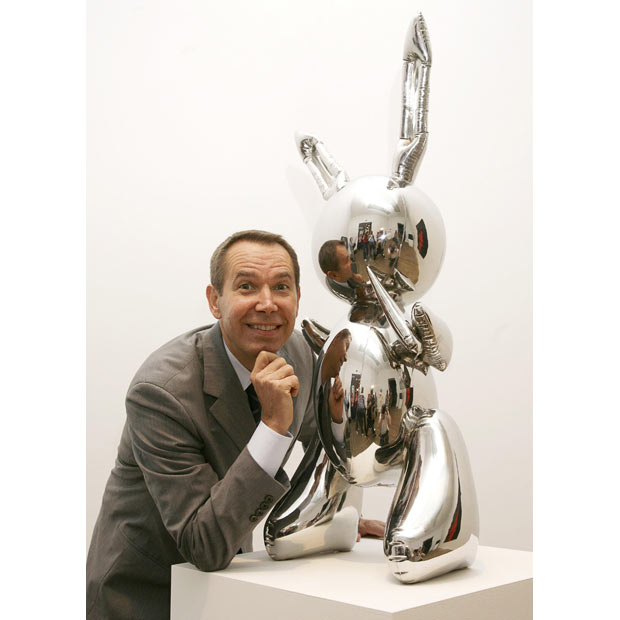
Jeff Koons
 Illustration by Han Hoogerbrugge
Illustration by Han Hoogerbrugge
 John Updike may have chosen the name Rabbit for his character for its echo of Sinclair Lewis’s Babbitt (1922). Previously to Rabbit, Run (1961),Updike had written a short story entitled Ace In The Hole, and to a lesser extent a poem, Ex-Basketball Player, with similar themes to this series.
John Updike may have chosen the name Rabbit for his character for its echo of Sinclair Lewis’s Babbitt (1922). Previously to Rabbit, Run (1961),Updike had written a short story entitled Ace In The Hole, and to a lesser extent a poem, Ex-Basketball Player, with similar themes to this series.
 “It had a bed, a table, and a chair. The table had a lamp on it, a lamp that had never stopped burning in anticipation of her return, and on the lamp perched a butterfly with two large eyes painted on its widespread wings. Tereza knew she was at her goal. She lay down on the bed and pressed the rabbit to her face.”
“It had a bed, a table, and a chair. The table had a lamp on it, a lamp that had never stopped burning in anticipation of her return, and on the lamp perched a butterfly with two large eyes painted on its widespread wings. Tereza knew she was at her goal. She lay down on the bed and pressed the rabbit to her face.”

 Who Framed Roger Rabbit? (Robert Zemeckis, 1989). The Wolf and other characters were based on Tex Avery’s Red Hot Ridding Hood.
Who Framed Roger Rabbit? (Robert Zemeckis, 1989). The Wolf and other characters were based on Tex Avery’s Red Hot Ridding Hood.
 The animation of Cool World (Ralph Bakshi, 1992) was strongly influenced by the house styles of Fleischer Studios and Terrytoons. Bakshi had originally intended to cast Drew Barrymore instead Kim Bassinger in the film’s leading role.
The animation of Cool World (Ralph Bakshi, 1992) was strongly influenced by the house styles of Fleischer Studios and Terrytoons. Bakshi had originally intended to cast Drew Barrymore instead Kim Bassinger in the film’s leading role.
“When God hands you a gift, he also hands you a whip; and the whip is intended for self-flagellation solely.”
Truman Capote
Pedro Almodóvar quoted Capote on a scene of his awarded movie All About My Mother (1999). Photo: Bruce Weber for Vogue Paris, December 2010
Marcello Mastroianni in 8½ (Federico Fellini, 1963)
 Erotica music video (Fabien Baron, 1992)
Erotica music video (Fabien Baron, 1992)
 Human Nature music video (Jean-Baptiste Mondino, 1995)
Human Nature music video (Jean-Baptiste Mondino, 1995)
Madonna in a Steve Klein’s photo-shoot for a W Magazine issue. June 2006
Model Gail Cook and Andy Warhol. Photo: Francesco Scavullo.
 Halston and his collaborators. Photo: Jean-Paul Goude. Esquire magazine. August, 1975.
Halston and his collaborators. Photo: Jean-Paul Goude. Esquire magazine. August, 1975.
Woody Allen’s portrait by Steve Shapiro
Betty Page
Drew Barrymore and Ellen Page, who was the leading actress of Whip It (2009), directed by Barrymore
by Jade Reason
La vía del estilo
Art still has truth. Take refuge there.
Tales from Tinseltown...recording them now...I'll let you know when it's story time.
My Work My Art My Show - new school Sex and the City
All my words that are fit to print (and other's too!)
Making Life more Beautiful
Tulio Silva
Life, Leisure, Luxury
MYTHS AND HISTORIES OF A RELUCTANT BLOGGER
All my aimless thoughts, ideas, and ramblings, all packed into one site!
Meaning in Being. You be you.
Poetry, musings and sightings from where the country changes
Cooking is personalization.
Creativity is within us all